In this review we present the top of the range Fujifilm GFX100 II full frame with very high performance. Let's discover together all the details of this large format mirrorless camera that is difficult to give up
After having attended the launch of the Fujifilm GFX100 II and having been able to see its potential firsthand, we had this camera for review and we can confirm that we are faced with a definitive camera, because it has everything you could wish for. But let's go in order and start the review of the Fujifilm GFX100 II to go into detail.
Technical characteristics | Fujifilm GFX100 II review
- Effective pixels: 102 million pixels
- Sensor Format: full frame, medium format
- Resolution: 102 Mp
- Sensor: 43.8mm x 32.9mm GFX 102MP CMOS II HS with primary color filter
- Image processor: X-Processor 5
- Sensor cleaning system: Ultra Sonic Vibration
- Storage medium: SD (~2GB) / SDHC (~32GB) / SDXC (~2TB) Type UHS-I / UHS-II / Video Speed Class V90 memory card
- Memory cards: CFexpress Type B (~2TB) SSD (~2TB)
- Formato file per foto: DCF: Conforme a Design rule for Camera File system (DCF2.0) PEG: Exif vers. 2.32 HEIF: 4:2:2 10bit, RAW: 14bit/16bit RAW (RAF original format), TIFF: 8bit/16bit RGB (solo conversione RAW in-camera)
- Shutter speed: 30″ – 1/32000
- Compensation +/- 5 stops in 1/3 steps
- Exposure Mode: M, S, A, P
- Types of light meters
- Multi-Area, Semi-Spot, Sp
- Touchscreen: Si
- Viewfinder: Electronic, 100% coverage, 1.00x
- Viewfinder resolution: 2048 x 1536 px
- Built-in Flash: No
- Shutter: Mechanical and electronic
- Batteria: Fujifilm NP-W235, 16.00 Wh
- Tropicalization: Yes
- Weight: 1030g
- Dimensioni:152 x 117 x 99 mm
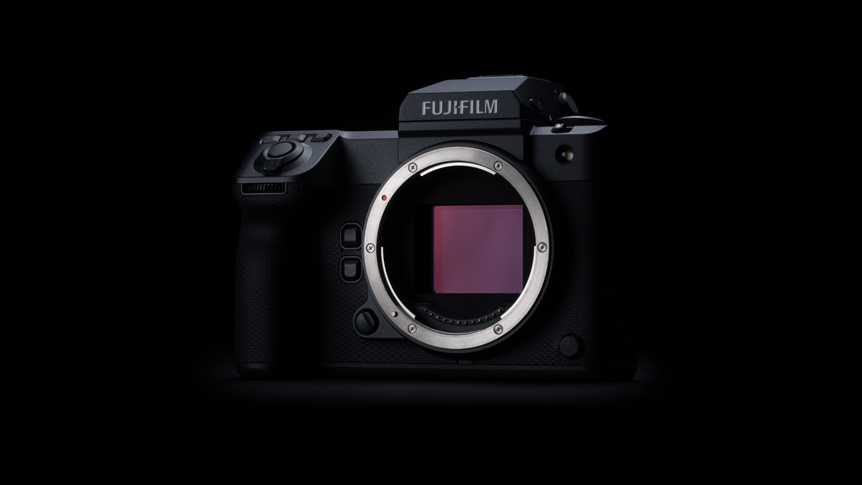

Camera body | Fujifilm GFX100 II review
After seeing the technical specifications, we focus on the camera body which lays excellent foundations before even starting to shoot: we are faced with 1030 g of weight and a size of 152 x 117 x 99 mm, therefore very small for a full frame medium format camera. We took it with us for a whole day and with the lens mounted it has excellent ergonomicstypical of Fujifilm, but surprising on a camera that carries such an important sensor.
The first element of amazement about this camera is a surprising optical viewfinder, which needs to be assembled and is present in the box. which offers 1x magnification which allows a real view of what you are shooting. Additionally, this viewfinder supports the EVF-TL1 accessory, which makes it tiltable, making it even more performing. Together with the viewfinder we obviously have a fully reclining touchscreen LCD screen which makes the camera perfect for use on a tripod for studio or video shooting. We don't have an integrated battery grip, as is the case with the large format GFX 100, because the purpose here is to lighten the body of that first model. The battery grip can be purchased separately and offers a slot for 3 batteries, which is also an excellent solution.
Precisely for its professional use, we can also see an input for SD and CF, but above all for type C which allows you to directly connect external hard disk devices for direct download during work. A really important advantage for video or photography work in the studio. In the attack slot, we find also an HDMI Type A port, a microphone jack, and a LAN connector.
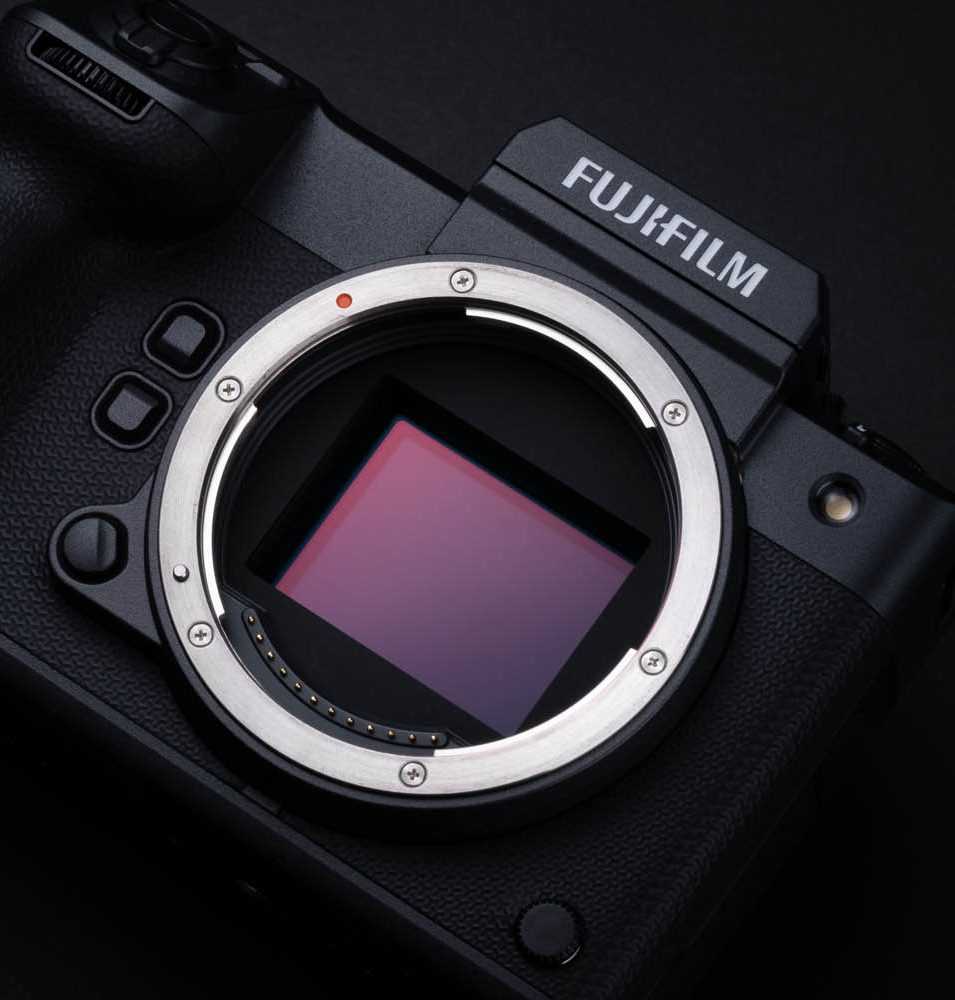

The sensor | Fujifilm GFX100 II review
The sensor deserves a separate chapter, because here we are faced with a CMOS HS II Stacked sensor, supported by an X-Processor 5 processor that writes to SD, CF and also external hard disk. This sensor supports 100 Mp which gives an image of such resolution from which you can get extremely high quality image crops. This sensor relies on stabilization 5-axis, with 8-stop compensation and this is noticeable during shooting and at long times. Although we put the camera to the test on a tripod, it also works perfectly handheld and we can see it from the images of the architectural details we obtained.
A professional camera | Fujifilm GFX100 II review
We are faced with a camera suitable for professional use, due to the type of performance it offers and the image quality which appears to be three-dimensional due to its full colors and rich details. A perfect camera for studio shooting, for the world of fashion, for the world of art and cultural heritage. In fact, we put it to the test precisely in the field of architecture and works of art, like the same launch organized by Fujifilm inside the Diocesan Museum of Milanhe had suggested to us.
One of the reasons that confirms its use is also the type of file it offers: we shot in RAF and Jpeg at the same time, being able to choose it in the settings, so as to evaluate the result of the files obtained. The quality of the Jpeg is excellent and from the point of view of color corrections, exposure, lights, shadows, it is already perfect without needing processing, except to achieve very precise results. As for RAW files they need a computer with adequate power to accommodate them and an adequate program, like Capture One, designed specifically for processing heavy professional files. In this case, a classic RAW file processing program such as Adobe Lightroom is not able to handle the entire workflow. The files obtained have an important weight, about 200 MB of uncompressed RAW, but here we have the possibility to customize the RAW with compression in the settings which brings it to 60 MB of weight.
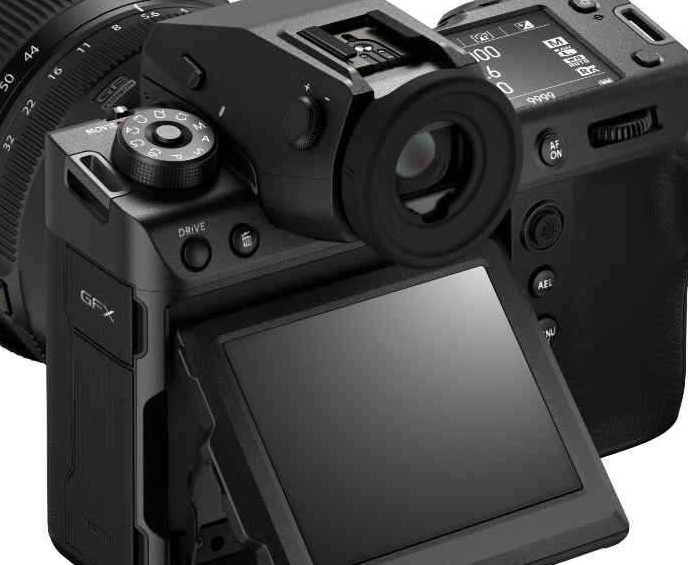

Image quality | Fujifilm GFX100 II review
We took the Fujifilm GFX100 II around for a few days, to test its portability and to put it to the test on a dedicated type of photography to cultural heritage, architecture and landscaping. We can confirm a camera that is also suitable for photography outside the studio, although always static, therefore with the need to mount a tripod and mount an organized shooting. The photos in the field of cultural heritage were taken by mounting a Fujifilm GF 35-70mm f/4.5-5.6 WR, which is very well suited for this type of photography, especially because you can count on excellent camera stabilization.
Another aspect that you can count on and which deserves further investigation is the ISO which holds up to 12,800 with only the need for retouching on the production site. We are talking about a medium format camera with which we can shoot up to 1000 ISO and see no traces of noise. A truly impressive result that we can see from these shots that we took inside a Church, therefore with reduced brightness.
We can also obtain this rendering in the details, always in the artistic field, they are able to give a truly unique three-dimensionality. We're talking 100Mp processing in every shot, so truly amazing clarity, especially for a medium format camera. Here too we can notice the details by making the most of our 35-70.
The focus is fast even in detail and still life photos and offer an excellent subject in the foreground and an interesting blur also when we are with an aperture of 4.5 and therefore not wide open.
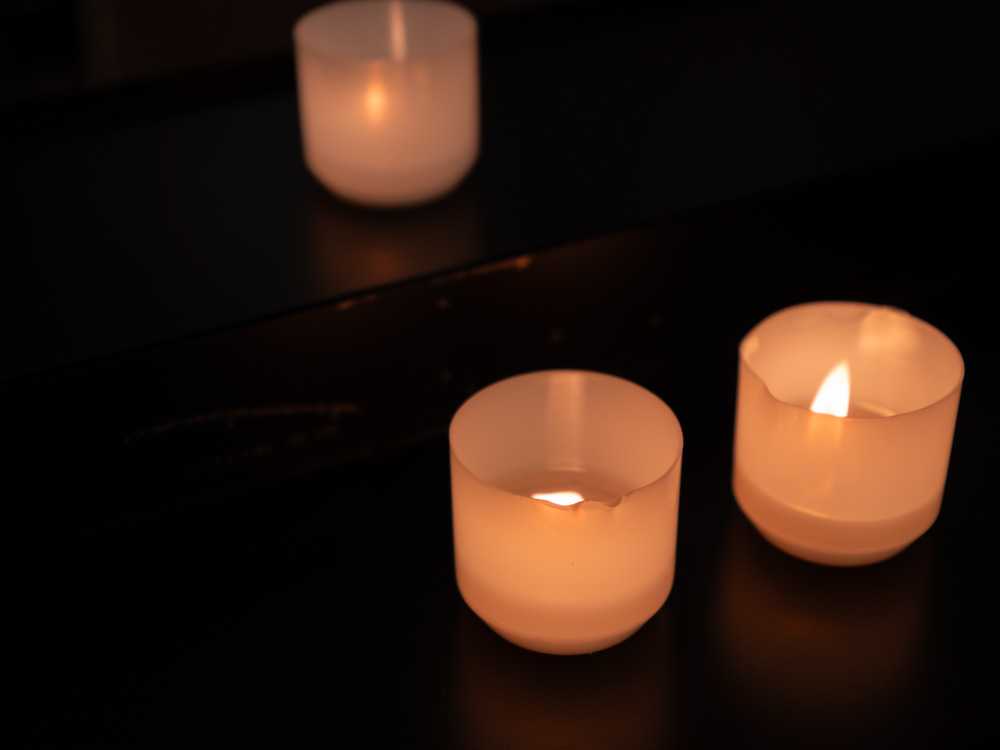

We come to the moment in which we also tried the Fujifilm GF 80mm f/1.7 R WR, so we are talking about a maximum aperture, playing both on landscape photography both on architectural details.
Color, sharp details, depth | Fujifilm GFX100 II review
From these images you can see the definition of the colour, very bright, well defined that in a moment of waning light, therefore towards the golden hour of sunset and colors approaching magentine, it manages to emerge even in the play of twilight. The contrast is truly rendered in a masterful way, which is why it is particularly suitable for a type of architectural and cultural photography.
The details of the image are not lost even on the edges, they always remain defined and in line and harmony with the central part of the photo.
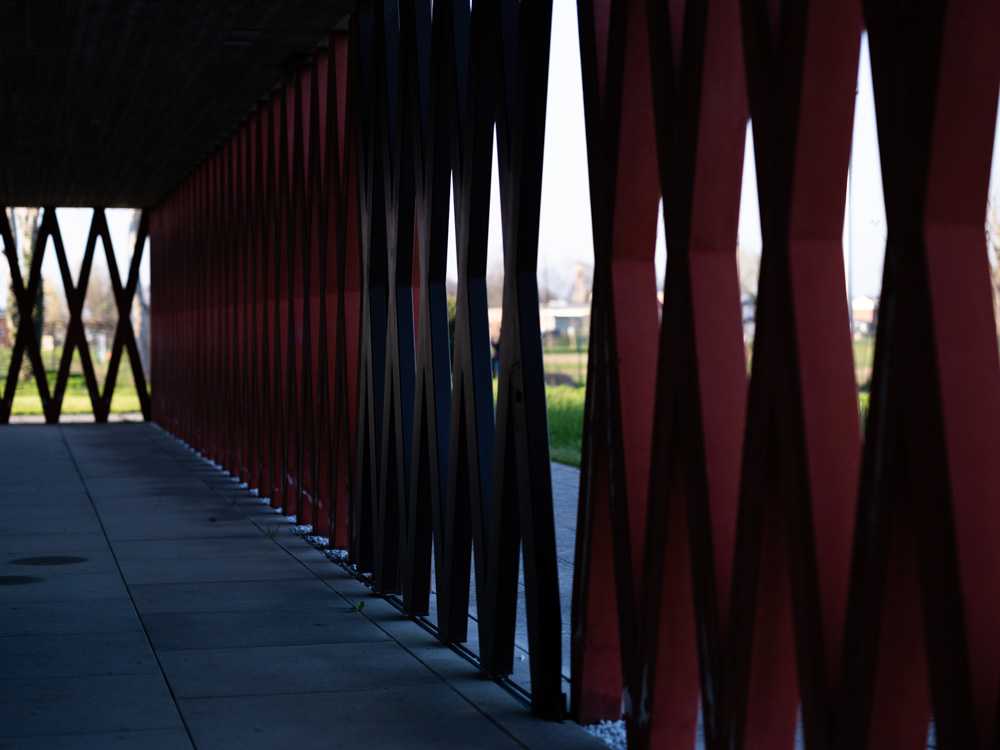

Review GFX 100 II con Fujifilm GF 80mm f/1.7 R WR
Even taking advantage of the 80 mm aperture to the maximum, therefore 1.7 we can see that the rest of the details are well defined and the depth of field really makes for an excellent game of perspectives. In the photo above we kept the ISO around 500 and we preferred to increase the shutter speed to test it also in the burst and we are faced with a truly impressive response in terms of speed.
Conclusions
From all the features we have explored and the images we have produced, we can confirm what we anticipated at the beginning of this review: that is, we are faced with a very high performance camera that is difficult to give up. Very high performance which obviously involves some costs to pay: the first of all are very heavy files to work with and process and therefore a camera that is not for all situations.
The GFX100 II is a professional camera and intended for professional use. Although its use is convenient in all situations, the workflow we obtain requires a computer and an image processing program that is capable of handling files that arrive at 100 Mp. Another penalty to pay is the price which is consequently high. Let's clarify right away: it is justifiably high for what this camera offers, but it puts us in the situation of having to purchase it as the first camera for exclusive use for work and for very specific shots: shooting, photography of cultural heritage, architecture.
They are not exactly defects, because we are talking about one mirrorless of the highest quality and once tried it is practically indispensable because it brings photography to a level of image clarity from which it is difficult to go back.
After this camera it is difficult to go back
Points in favor
- Image quality
- Optical viewfinder
- Ergonomics
- Professional services
Points against
- Very heavy files
- High price (even if justified)






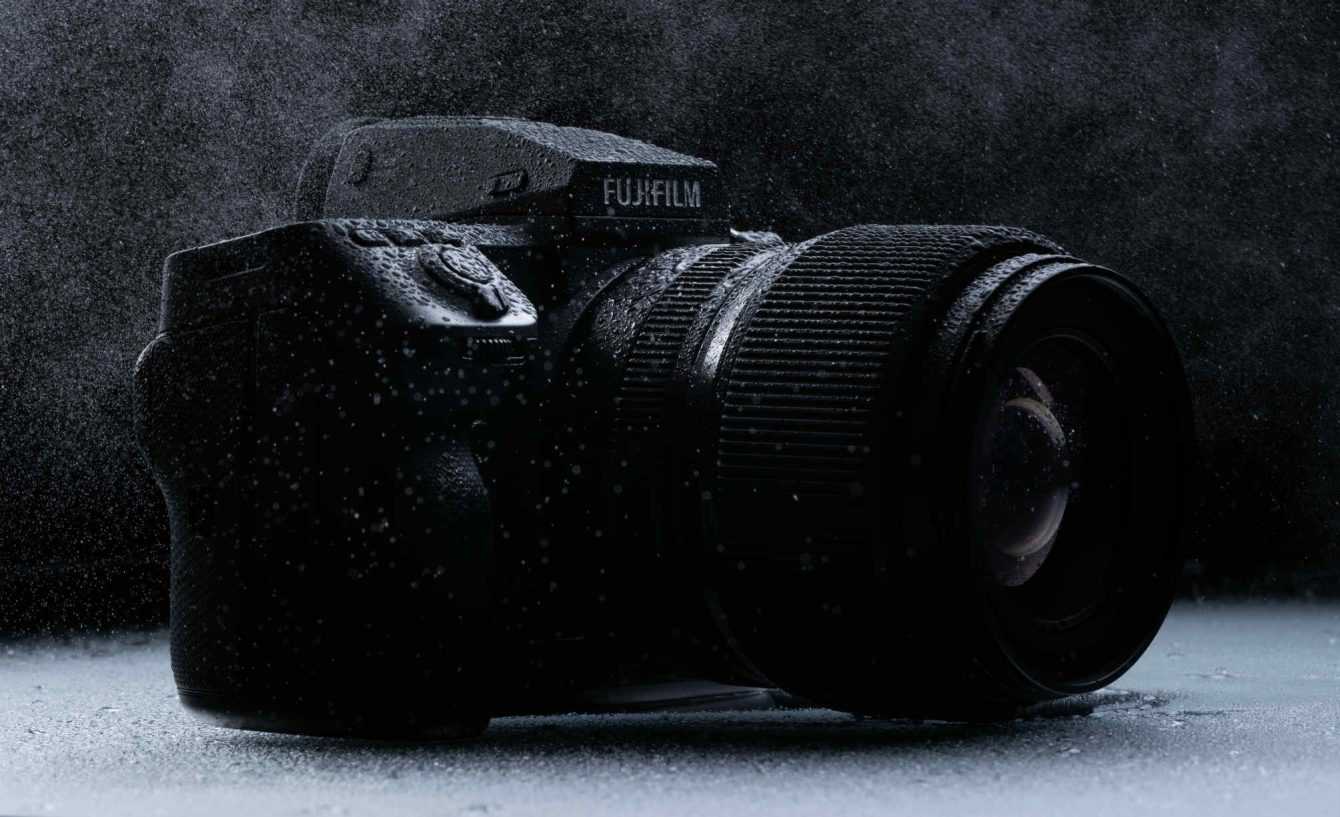





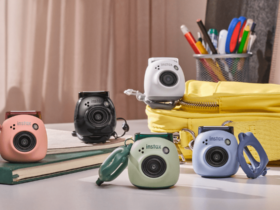

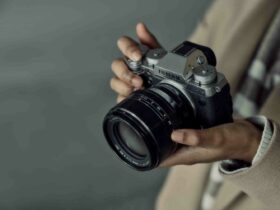
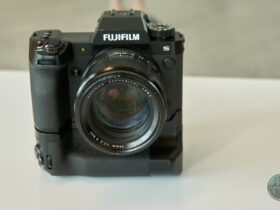
Leave a Reply
View Comments